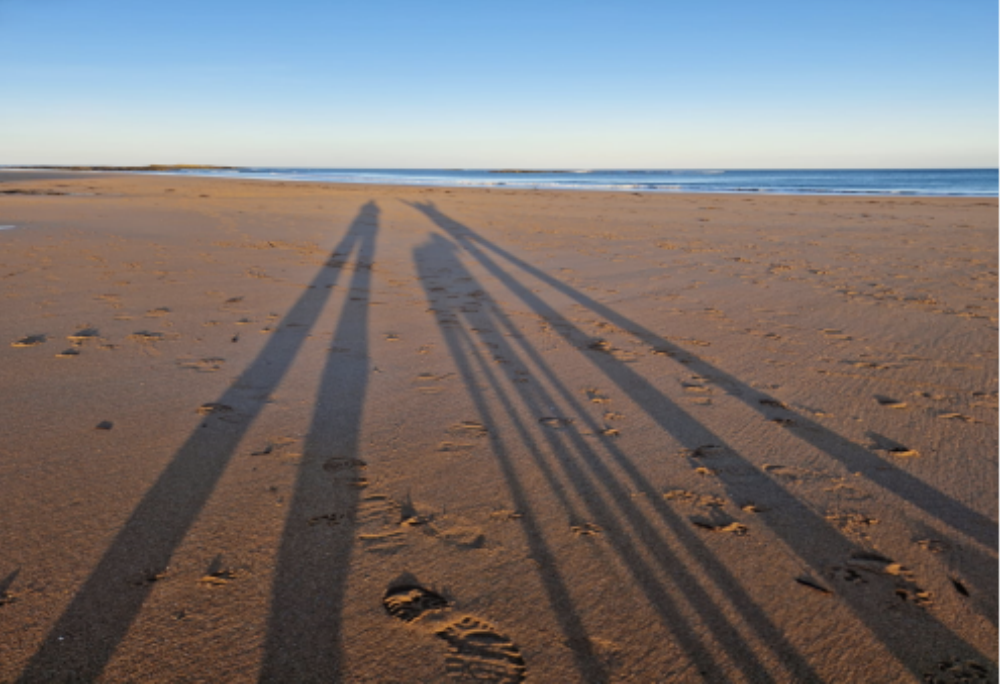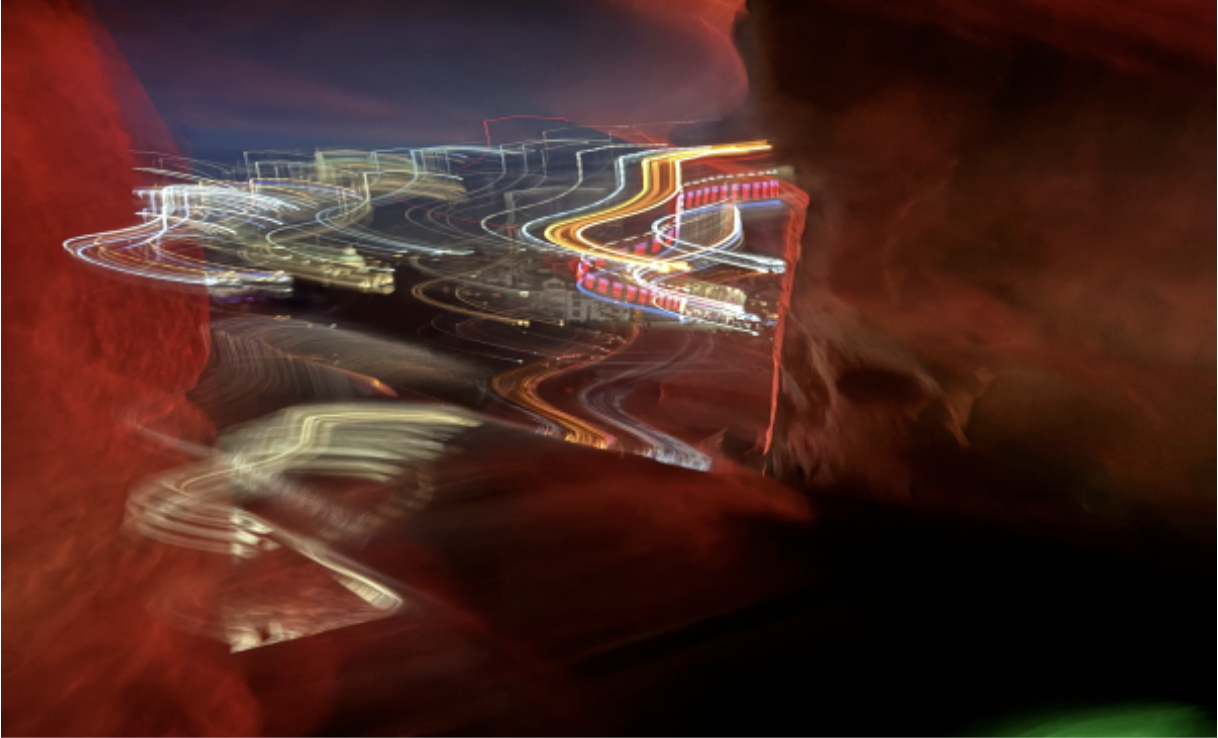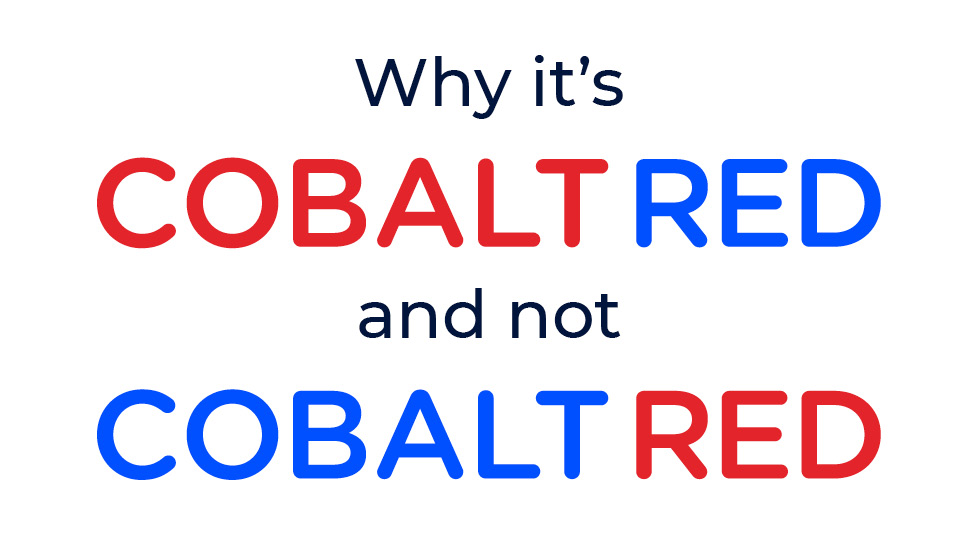I love this image of our two dear friends Mo and Jo and their lurcher, Pixie.
At first glance it is rather Giacometti-esque with very elongated legs and tiny bodies. It got me thinking about perspectives and how we can look at an image, conjure a thought and ‘see’ it with a particular version of truth. In coaching I challenge that view, trigger disruption of what is being seen and invite the client to look from a different position and re-evaluate.
Posts and Provocations
-
Giacometti-esque

-
Kintsugi

I was going to delete this as it wasn’t the photo I thought I had taken. But there was something about it that was rather wonderful, creative and beautiful -so I kept it. Sometimes a surprising image or being out of focus can be a good thing that leads to seeing something in a completely different way/different view. And reminiscent of the Japanese art of Kintsugi. Kintsugi is the Japanese art of repairing broken pottery by mending the areas of breakage with lacquer dusted or mixed with powdered gold. As a philosophy, it treats breakage and repair as part of the history of an object, rather than something to disguise. And something which makes the object even more beautiful. So what is the impact on my coaching practice? Embracing and learning from our history whilst understanding that the only element that can be transformed is the future. It is not how far you have come, it is how far are you prepared to go.
-
Why Cobalt Red and not Cobalt Red?

This is an example of The Stroop effect. In the classic Stroop task, participants struggle to quickly name the colour of ink a word is written in, when the word itself is a conflicting colour. In executive coaching, the Stroop effect can serve as a metaphor for the challenges leaders face in managing conflicting demands it provokes congruent and incongruent processes. By understanding cognitive interference, clients can enhance their decision making skills, emotional intelligence, and resilience.